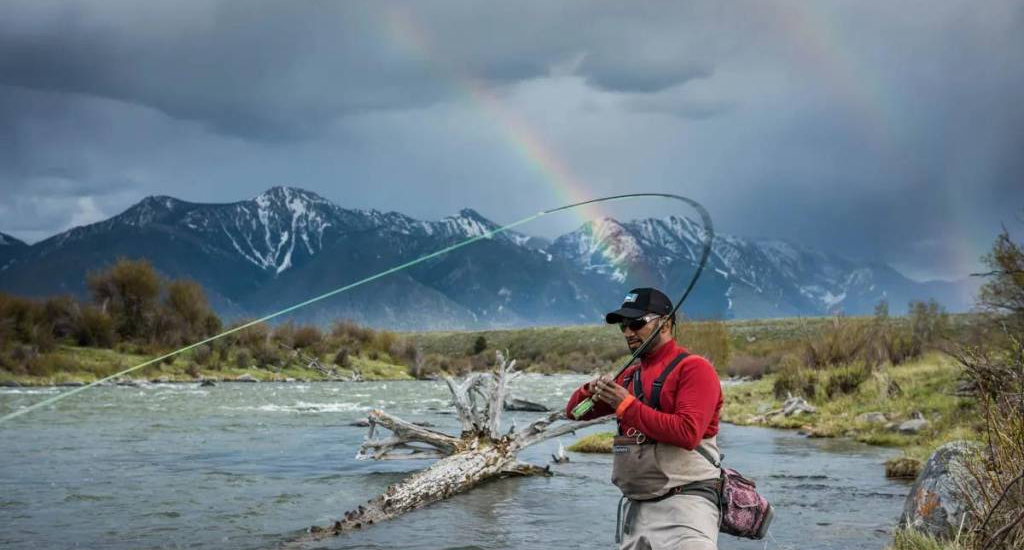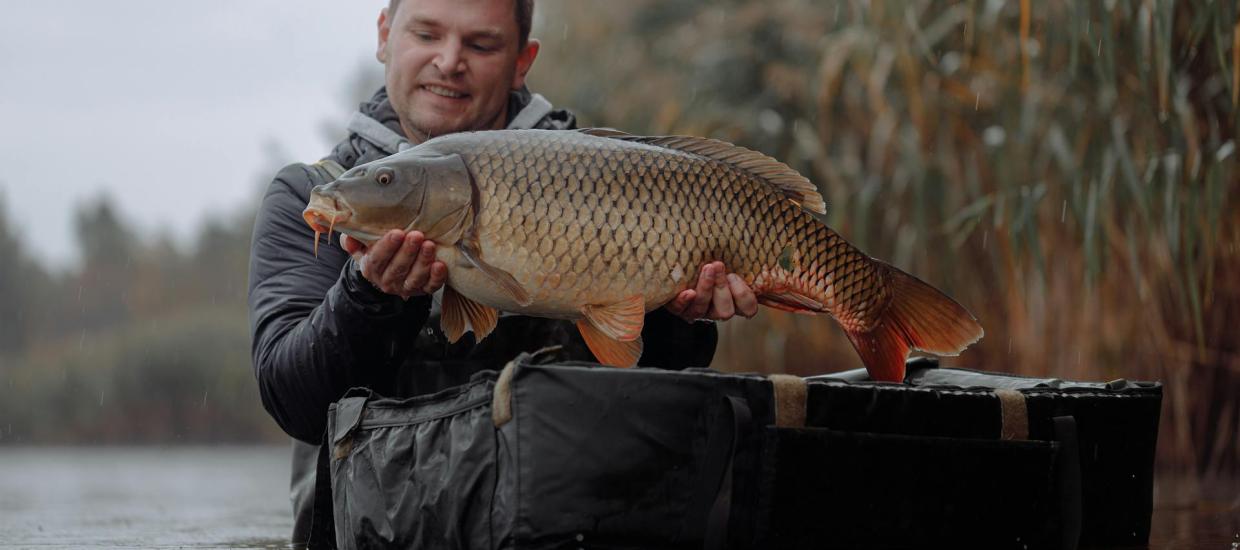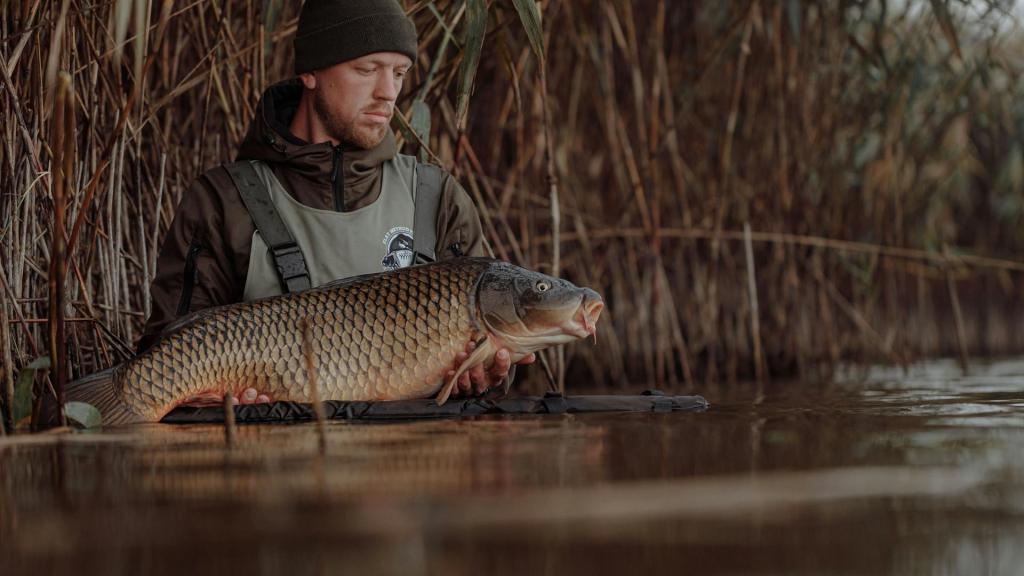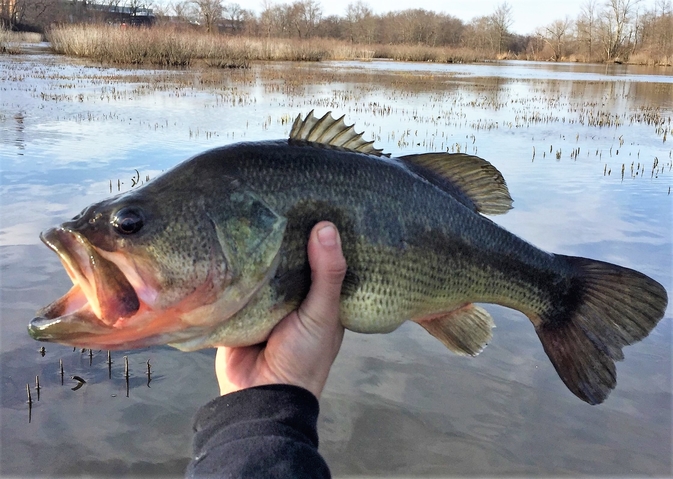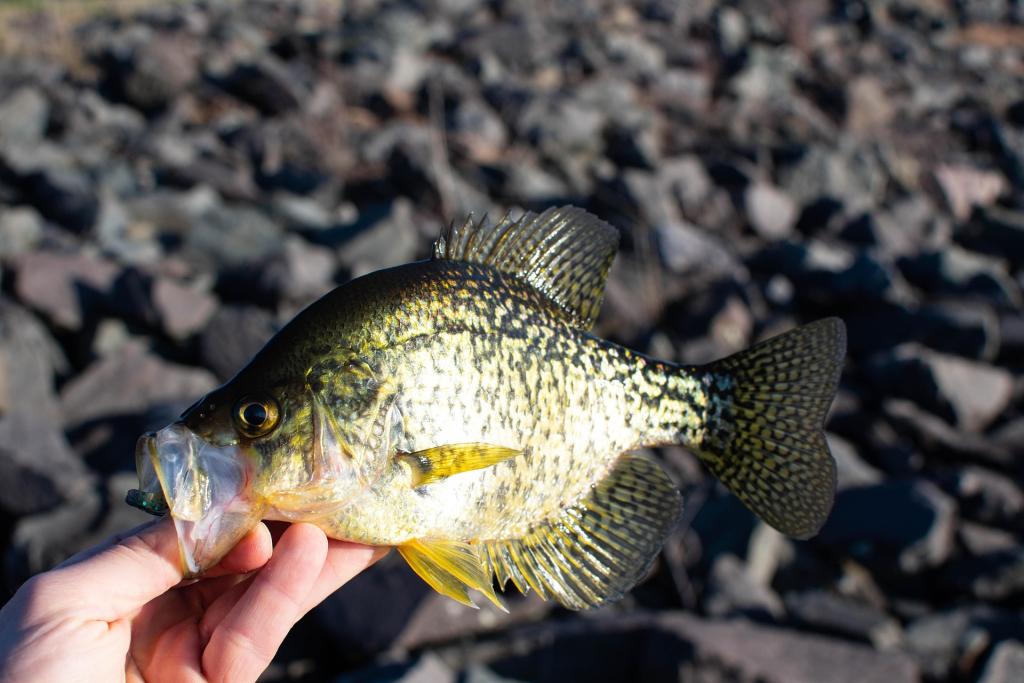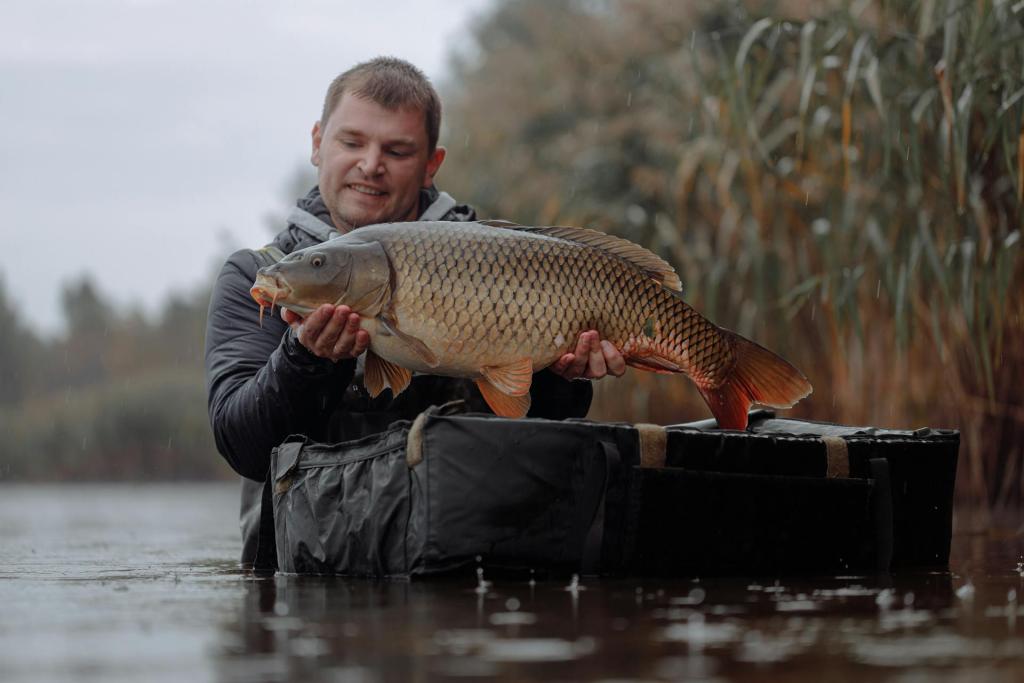Estimated reading time: 4 minutes

Fly fishing is a timeless angling technique that has captivated enthusiasts for centuries. Unlike traditional methods that rely on weighted lures to cast lines, fly fishing employs lightweight artificial flies made of feathers, fur, and synthetic materials. This unique approach requires anglers to delicately present the fly, mimicking the natural movements of insects on the water’s surface. Fly fishing is not just a sport; it’s an art form that demands patience, skill, and an understanding of aquatic ecosystems.
The Essence of Fly Fishing

At its core, fly fishing is about more than just the catch; it’s about immersing oneself in nature and embracing the serenity of the great outdoors. Whether wading through a pristine river or casting from the banks of a tranquil lake, fly fishing offers an unparalleled opportunity to connect with the natural world. The rhythmic motion of casting, the soothing sound of water flowing over rocks, and the anticipation of a strike create a sense of tranquility and mindfulness that is unmatched in any other outdoor pursuit.
The Craft of Fly Tying

Central to the art of fly fishing is the craft of fly tying. Fly tying is the process of creating artificial flies that imitate the appearance and behavior of natural insects and baitfish. Anglers meticulously select materials such as feathers, fur, and synthetic fibers to craft lifelike imitations that entice fish to strike. Tying is not only a practical skill but also a creative pursuit that allows anglers to experiment with different patterns and designs, customizing them to suit specific conditions and imitating the prey species that fish are feeding on.
Beyond its practical application, fly tying serves as a form of artistic expression for many anglers, who take pride in crafting intricate patterns and mastering the techniques of this ancient art. Whether tying classic patterns passed down through generations or inventing new creations inspired by nature, the tying process is a deeply rewarding aspect of the fly-fishing experience.
The Thrill of the Catch
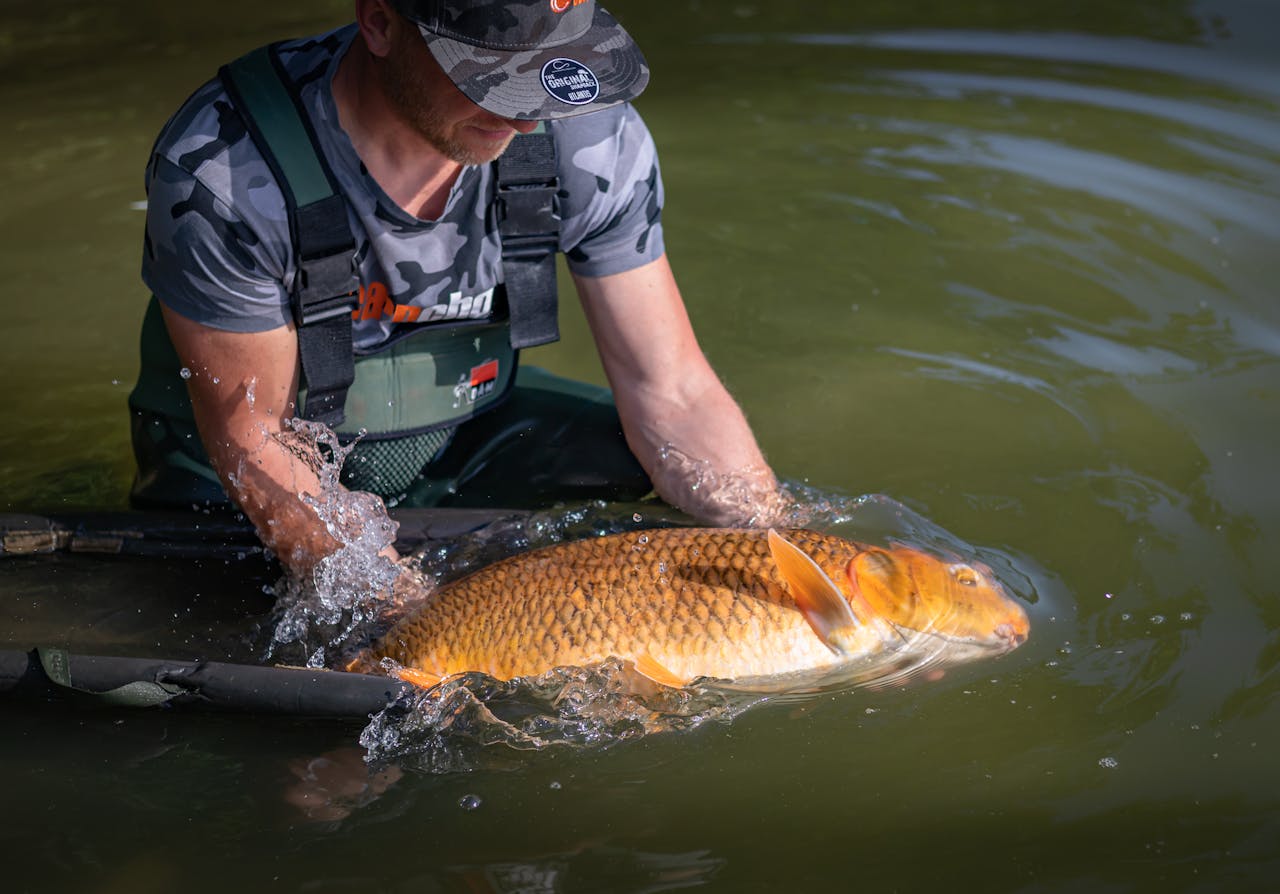
While the catch is undoubtedly exciting, the true thrill of fly fishing lies in the process itself. Whether casting dry flies to lure in trout on a summer evening or drifting nymphs through fast-flowing riffles, each scenario presents its own set of challenges and rewards. From reading the water and understanding fish behavior to selecting the right fly and executing the perfect cast, fly fishing offers a constant opportunity for growth and learning. It’s a sport that encourages anglers to push their boundaries, hone their skills, and embrace the joy of the chase.
Fly fishing is not just a hobby; it’s a lifestyle that fosters a deep appreciation for nature and a sense of camaraderie among fellow anglers. Whether you’re a seasoned veteran or a novice angler, this activity offers endless opportunities for adventure, discovery, and connection with the natural world. So grab your gear, head to the water, and let the magic of fly fishing take you on a journey you’ll never forget.

